We’re all familiar with flowers as adornments to our tables, but you might be shocked to learn that there are over 100 edible flowers that function as much more than decoration! They are used both in culinary art and as unique flavors for dishes and drinks. I won’t say it’s a new obsession of mine….but, I’m definitely on the path toward it.
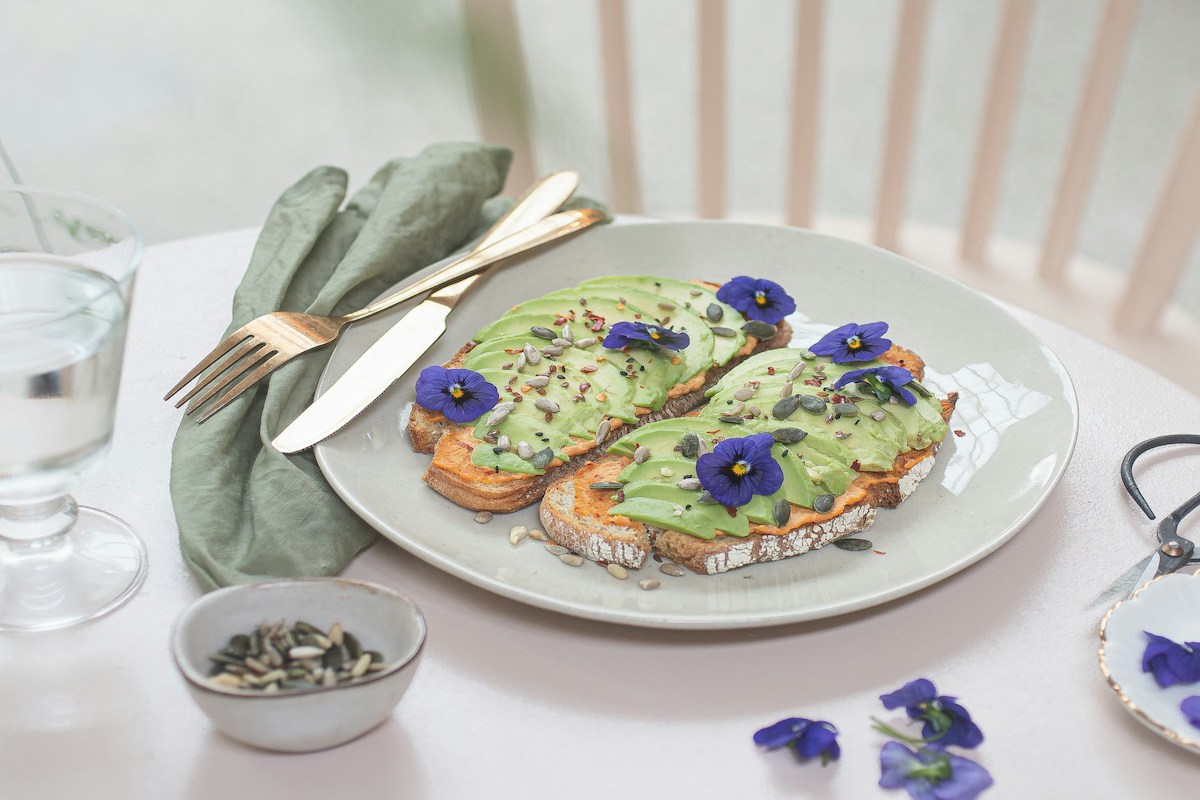
Edible Flowers
I’ve collected some of the most popular blooms for you, and I hope this can spark your creativity in the kitchen. Who knows? You might find yourself at dinner talking about all the subtle flavors and aromas you experience with your flowers instead of your wine. Don’t knock it until you’ve tried it!
You’ll find versatility for your edible flowers in pastry decor, ice cubes, salads, savory dishes, cocktails, syrups, teas, vinegar, appetizers, cheeses, sodas, butter, jelly, desserts, and more. If this doesn’t want to make you have a dinner party, then I’m afraid nothing will.
Using and Preparing Edible Flowers
Make sure the flowers you’re using have been grown organically (without pesticides) or better yet, grow them in your own garden! Pick them at their peak bloom and in the morning hours to utilize their ideal flavor and color. Rinse them in cool water only if necessary.
You can remove the flowers or petals from the stem by either pinching, pulling, or snipping with scissors. Remove the stamens and pistil (the center part) of the flower. You can place your fresh flowers in a plastic bag with a damp paper towel and keep them in the fridge until ready to use. They will last a couple of days like this.
Allium
Allium spp.
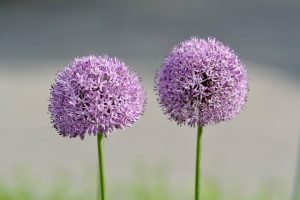
Profile: onion and garlic flavor
Uses: Try them in salads (including potato), add them to sauces or dips, combine them with cream or goat cheeses, use them in your breakfast eggs, or add them to stir fry.
Chive Blossom Vinegar by Learning Herbs
Floral Butter by California Grown
Apple Blossom
Malus spp.
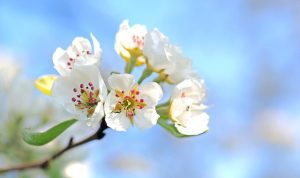
Profile: slightly floral flavor
Uses: Try sprinkling the petals on a salad, infusing vinaigrettes for dressings, infusing cream for sweet treats, floating them atop a bowl of punch, or crystallizing the petals for garnishes of fruit-based desserts.
Apple Blossom Jelly by Hawk Point Homestead
Arugula Flowers
Eruca vesicaria
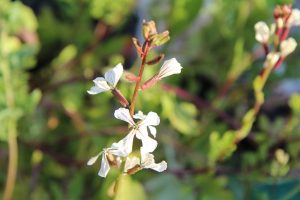
Profile: nutty and mellow
Uses: Try in dishes that call for arugula already, sprinkled over pasta salad, atop a pizza, or layered onto a sandwich.
Wildflower and Arugula Salad by Harvest and Honey
Linguine Arugula Pesto by Taste With the Eyes
Borage
Borago officinalis
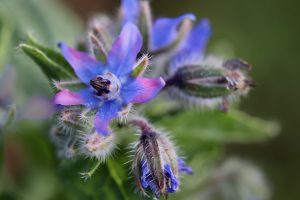
Profile: light, crisp, and refreshing
Uses: Try in a fresh summer salad, as a soup garnish, baked into cookies, crystallized on desserts, or frozen into ice cubes.
*Pregnant & lactating women should avoid borage; use borage in moderation
Blue Blossom Salad by Lavander and Lovage
Borage Fizz by KCET
Borage and Ricotta Crepes by Emiko Davis
Brassica Flowers
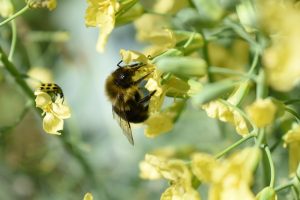
Profile: earthy
Uses: Try mixing them into vegetable pasta, placing them atop a veggie-heavy soup, or garnishing baked fish dishes with them.
Savory Spring Vegetable Tart by Christiann Koepke
Calendula
Calendula officinalis
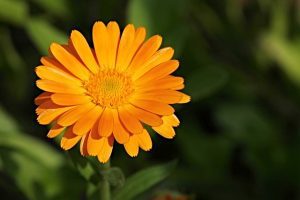
Profile: most often used for their color with a slightly bitter, tangy flavor
Uses: Try in rice dishes, baked into pastries or sweet breads, infused into vinegar, incorporated into butter, or tossed into colorful soups.
Calendula and Thyme Shortbread Cookies by grow, forage, cook, ferment
Chamomile
Chamaemelum nobile, Matricaria recutita
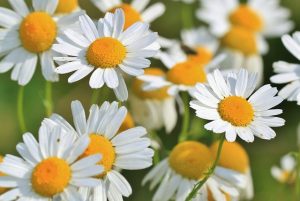
Profile: the annual type is preferable for its milder, sweeter flavor; the perennial type is used medicinally
Uses: Try making teas (or tisanes) with them, using the petals in freshly baked tea bread, creating infused syrups with them, or adding them to fruit-topped salads.
*Don’t consume chamomile if you are on certain medications such as blood thinners
Chamomile Lemon Poppyseed Breakfast Bread by Plating Pixels
Chamomile Cake with Salted Honey Buttercream by Veggie Desserts
Chamomile Honey Gin Sour by Rhubarb and Lavender
Cornflower (Bachelor Flower)
Centaurea cyanus
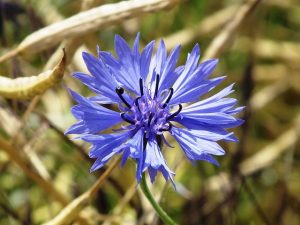
Profile: sweet, pleasantly spicy flavor
Uses: Try placing the petals atop iced baked goods or sprinkling them on a salad.
Blue Cornflower Macarons by Cookies for England
Dandelion
Taraxacum officinale
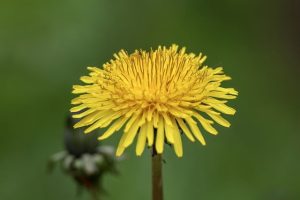
Profile: young buds and flowers have a sweet taste
Uses: *flowers should be cooked* Try adding them to stir fry, using them to make jams, or concocting infusions with them for cocktails and wine.
50+ Dandelion Recipes by grow forage cook ferment
Dandelion Gummy Bears by Adamant Kitchen
Dandelion Shortbread Cookies by Adamant Kitchen
Daylily
Hemerocallis spp.

Profile: sweet, vegetal, floral flavor
Uses: Try them in stir-fries, whole: battered in tempura, whole: stuffed with cheese, or spread atop a salad.
Daylily and Zucchini Curry by 66 Square Feet
Daylily Fritters by Kitchen Vignettes
Elderberry
Sambucus canadensis, Sambucus caerulea
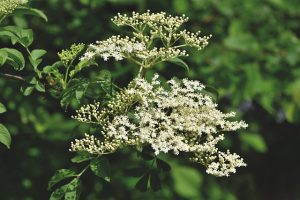
Profile: light and floral taste
Uses: Try the blossoms battered and fried, added to jams, used to scent refreshing beverages, or dried for use in tea.
*Only the florets are edible; be sure to use the cultivated variety, as the wild varieties can be altogether poisonous
20+ Elderflower Recipes by grow forage cook ferment
Hibiscus
Hibiscus syriacus, Hibiscus rosa-sinensus, Hibiscus sabdariffa

Profile: ranges from mildly sweet to citrusy or nutty
Uses: Try using the petals for tisanes (herbal teas), adding them to refreshing beverages, or tossing them onto a salad.
Hibiscus Lime Bundt Cake by Brooklyn Homemaker
Hibiscus Lemon Bars by the view from great island
Lavender
Lavandula angustifolia (officinalis)
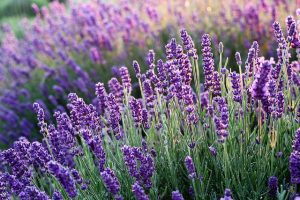
Profile: lemon-perfume taste
Uses: Try them steeped for use in sorbets, custards, ice creams, or jellies, added to lemonade, used in vinegar infusions, or mixed into sugar for use in baking.
20 Delicious Recipes That Use Lavender by Wendy Polisi
19 Best Lavender Recipes by Moon and Spoon and Yum
Lilac
Syringa vulgaris
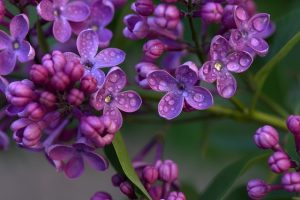
Profile: pleasantly floral taste
Uses: Try mixing them into soft cheeses, adding them to frozen treats, garnishing baked goods with them, making a simple syrup from them, or freezing them into ice cubes.
Ways to Eat Lilacs by Homespun Seasonal Living
Nasturtium
Tropaeolum majus
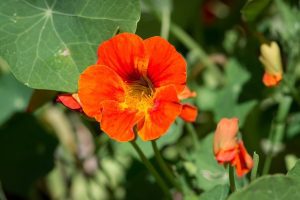
Profile: cheery and pungent with a mustard-like tang
Uses: Try incorporating them into butter, mixing them into soft cheeses, adding them to dressings and sweet vinegar, sprinkling them on a salad, or whole: stuffed with cheese.
60+ Nasturtium Recipes by Practical Self Reliance
Rose
Rosa spp.

Profile: strong floral taste
Uses: Try using them in making jellies, rose water, and vinegar, in mixing up rose sugar, or in concocting infusions for cocktails, flavored butter, or honey.
25 Delicious Edible Rose Recipes by Moon and Spoon and Yum
Cardamom Rose Cake by Maple Chutney
Squash Blossom
Cucurbita spp.
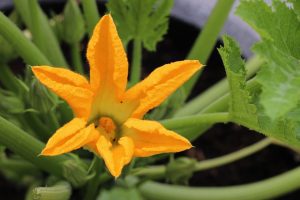
Profile: sweet nectar taste
Uses: Try frying them in tempura, stuffing them with cheese, meat, or rice mixtures, using them in creamy soups, cooking them into frittatas, mixing them into salads, or sprinkling them over pasta.
Stuffed Squash Blossoms by This Healthy Table
Squash Blossom Soup by Kitchen Confidence
Squash Blossom Flatbread Pizza by Taste With the Eyes
Tulip
Tulipa spp.

Profile: range in flavor, but usually slightly sweet
Uses: Try using them as a stuffing container for your favorite chicken salad, dip, or fruit curd.
Edible Tulips with Chocolate Mousse by Adamant Kitchen
Fennel and Seafood Stuffed Tulips by Miss Wondersmith
Viola/Pansy
Viola cornuta, viola odorata, Viola wittrockiana
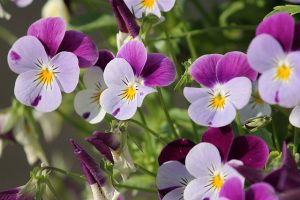
Profile: bright and sweet
Uses: Try baking them into cookies, using them atop desserts (candied or fresh), making syrup with them, mixing them into soft cheeses, layering them on a sandwich, or using them to infuse vinegar.
Pansy Crepes from The Inspirational Nook
Viola Tea Sandwiches from Better Homes & Gardens
*Be sure you know what flower (and which parts) you are eating before doing so, as there are poisonous plants and flowers. Do your own research before trying anything new, and consult a doctor if you’re unsure of potential side effects.
More on Growing Flowers
Flowers serve many purposes in the garden, and we’d love to help you grow more!
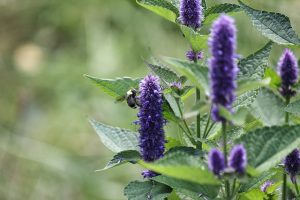
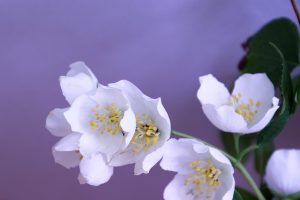
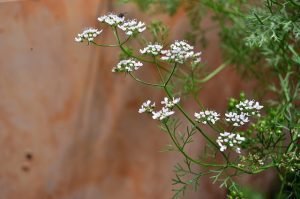
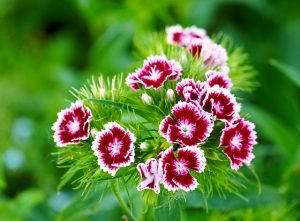
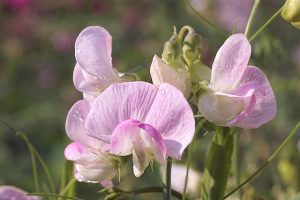
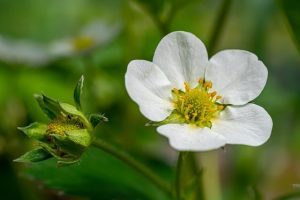


Leave a Reply